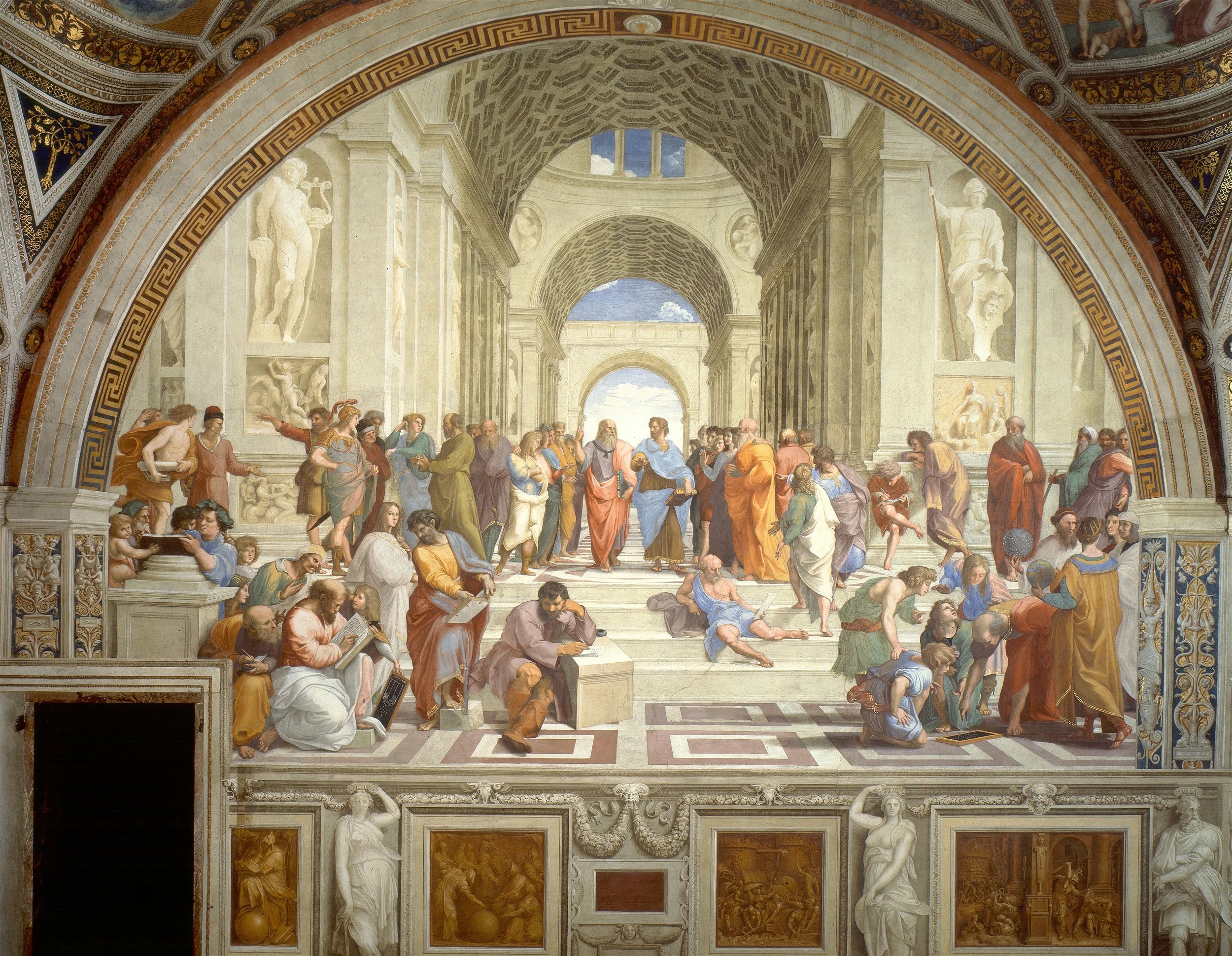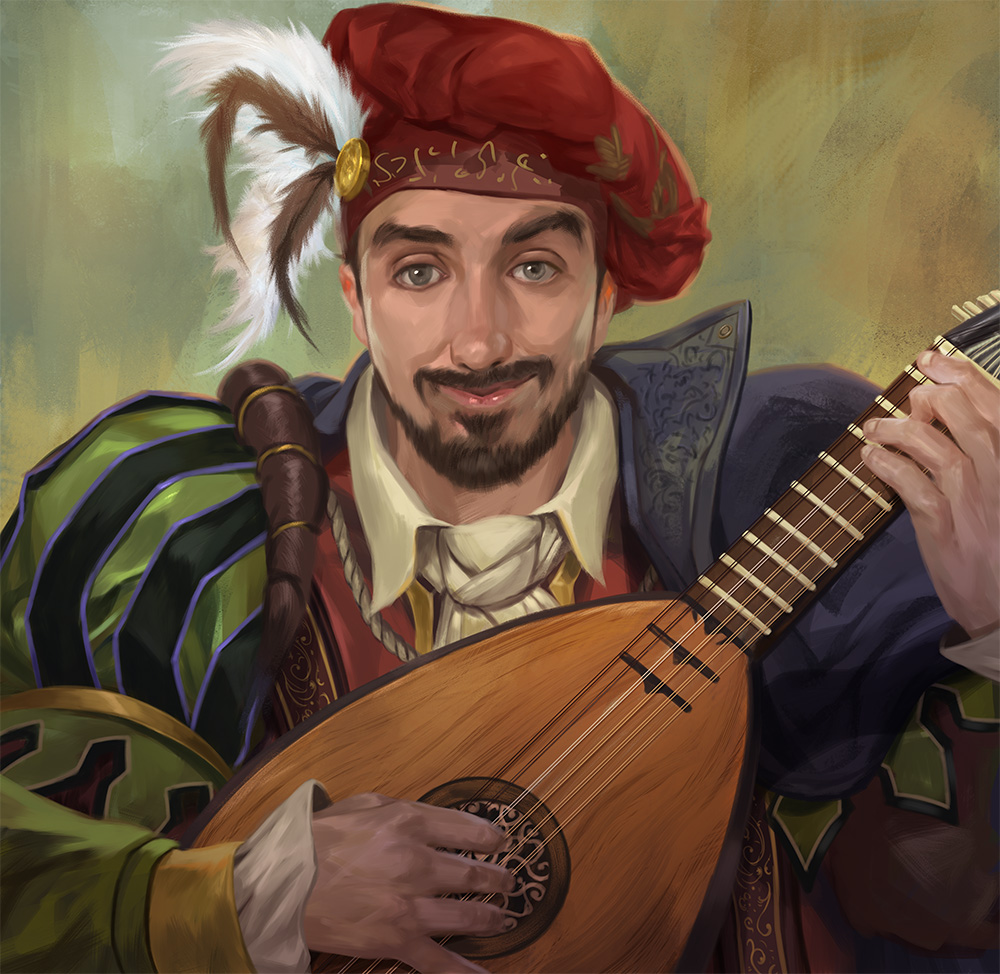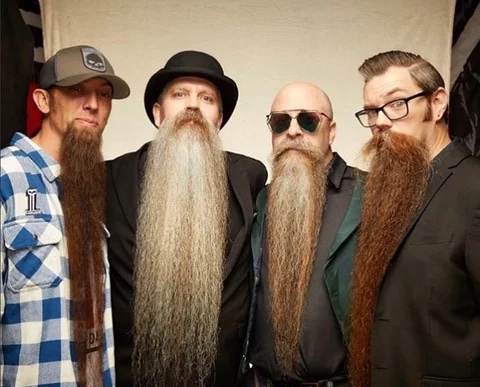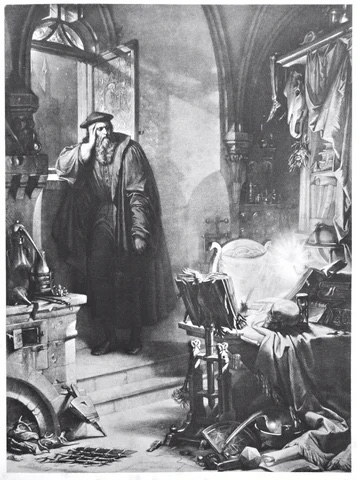The Bizarre Tale of the Renaissance Beard-Craze

 Joe Nightingale, MBBS, MSc
Joe Nightingale, MBBS, MSc

There are brief periods in history when the beard makes its comeback. Today is such a time. Beards are everywhere. But this isn't purely a modern phenomenon - Back in the 16th and 17th centuries, when Shakespeare first put pen to parchment, there was a simple rule: the Beard maketh the Man.
Were beards popular in the Renaissance?

Everyone had beards! It was a sign of vigor and masculinity.
Indeed, in one art exhibition in Renaissance England, over 90% of men sported beards. Shakespeare himself used them as a tool of masculinity. In Much Ado About Nothing, Benedick shaves his beard to impress Beatrice. Meanwhile, only four of the bard's plays do not mention beards. That's quite the fascination.
Nor was Shakespeare alone. Protestant reformers all grew beards, while physicians became obsessed with everything hairy. When Michelangelo painted God in the Sistine Chapel, he appeared majestic, silvery, and bearded. To be hirsute was to be divine.
But why?
The Five Ages of Beards

According to historian Christopher Oldstone-Moore, there have been four great beard movements historically. The fifth is occurring now. These include the second century, the High Middle Ages, the Renaissance, and the latter half of the 19th century.
So, what brings on these hairy epochs?
Well, there are no universal triggers. Rather beards seem to appear at times of great tumult, as religious, economic, and cultural systems undergo radical transformations. In such epochs, norms are questioned, including those of gender.
For the renaissance man, this was less a question of men and women than men and boys. Strangely, puberty occurred later in the Renaissance era, meaning boys appeared beardless well into their late teens or early twenties.
Beards, then, formed an important characteristic. As Credulous mocks in William Cartwright's The Ordinary (1635): "You're a beardless boy / I'm the father of children."
Just as today, beards were a sign of virility, of potency and masculinity. Boys often dressed in drag on stage. Therefore, beards may have represented a male actor who had come of age - no longer suitable for feminine parts.
Last thoughts

The lessons from the Renaissance can tell us much about our modern beard-craze. One fashion that hopefully doesn't return today is bearding. Here, men fought each other for authority by pulling or tweaking another man's whiskers. The more hair removed, the more their manhood was diminished.
The past is a weird place.

No comments yet…